In 2012, the People’s Liberation Army Navy launched its first aircraft carrier, the Liaoning. The project attracted close interest from the media and experts, as the Liaoning was built in Ukraine in the twilight of the Cold War, before being sold to China in 1999, originally on the condition that it would not be refitted for military use.
$20 Million for 30 Years of Soviet Tech
Varyag, originally named for the city of Riga before its first rechristening in 1990, was laid down in 1985 at the Black Sea shipyard and launched in a partial state of completion in 1988, when Ukraine was part of the Soviet Union. When the Soviet Union dissolved in 1991, progress on the unfinished ship was halted.At the end of the decade, Varyag was sold to a shell company based in Hong Kong for just $20 million, a fraction of what the technological and military potential of the carrier was worth.
The Hong Kong-based South China Morning Post reported that while a “Hong Kong businessman” involved with the purchase had promised that Varyag would not be used for military purposes—the ship was ostensibly to be converted into a floating casino, as with a smaller Soviet carrier that is now a Chinese theme park—the sale also came with a full set of technical documents weighing 20 tons. The technical data represented three decades’ worth of development and experience in Soviet carrier-building.
Enlisting Ukrainian Talent
The sale of the Varyag only represented the beginning of major cooperation between Ukrainian defense firms and the Chinese Communist Party (CCP). To make further breakthroughs in aircraft carrier technology, the CCP also tried its best to attract Ukrainian experts to come to China.Although Chinese state media has never disclosed whether and when Babich started to participate in the construction of Chinese aircraft carriers, a proclamation issued by the Shandong provincial government in 2014 provides a hint.
In February 2014, the provincial government of Shandong Province, located in northern China across the Yellow Sea from Dalian, included Babich on its “List of Experts on the Blue Industry Plan of Mount Tai Scholars.”
Most likely, other Ukrainian experts are involved as well, since the CCP is willing to spend large sums to attract talents. According to the details listed in the “Mount Tai Scholars Plan,” key researchers, of which Babich would likely be an example, were eligible to receive millions of yuan in tax-free development subsidies and income.
According to the China.com report, the Chinese enterprise that Babich joined was China-Ukraine Special Ship Research and Design Academy (CUSA) in Qingdao, a port in Shandong. According to its homepage, this company was established in September 2014 by joint efforts of the Qingdao municipal government and the Shandong Academy of Sciences on the Chinese side, with Ukraine’s Black Sea Ship Design and Construction Bureau a collaborating partner.
As much as 700 million yuan ($104 million) was invested in CUSA. Its stated mission, as previously listed on its website, was to recruit Ukrainian ship design experts to join the company, make use of advanced ship design technology from Ukraine, and to design and build “special ships” in the city of Qingdao.
Deepening Cooperation
Apart from carriers, the People’s Liberation Army Navy has taken great interest in the development of advanced destroyers with modern radars and weapons systems—played up in CCP-controlled propaganda as a “Chinese Aegis Destroyer.” Like many other cutting-edge technologies, however, the Chinese regime has relied on imports and copying to field its latest designs.Other military technologies China has acquired from Ukraine include aircraft engines, “Bison” hovercrafts, Kh-55 air-launched nuclear-armed cruise missiles, and the NITKA carrier-based aircraft training simulator. In September 2017, the Chinese regime’s internally circulated news reports, known as “internal reference,” said that as of 2012, China had begun cooperation with Ukraine in more than 30 categories of development involving more than 2,000 military technology projects from Ukraine.
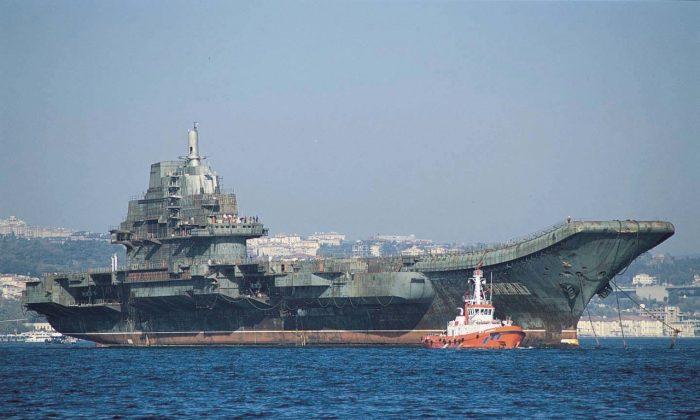
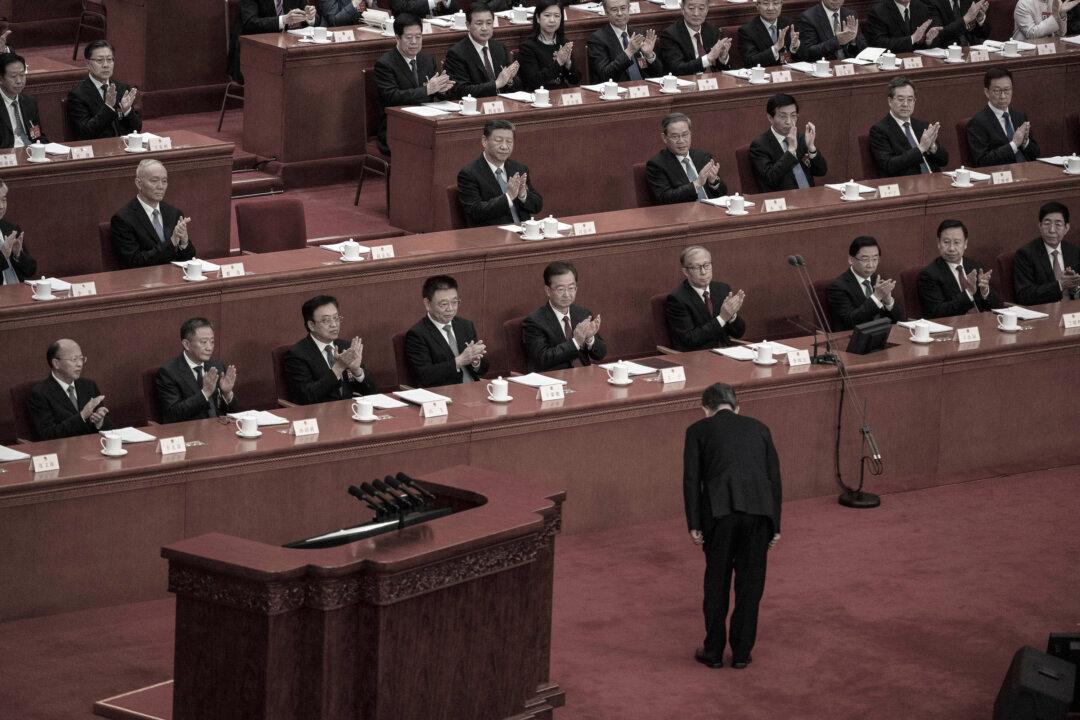
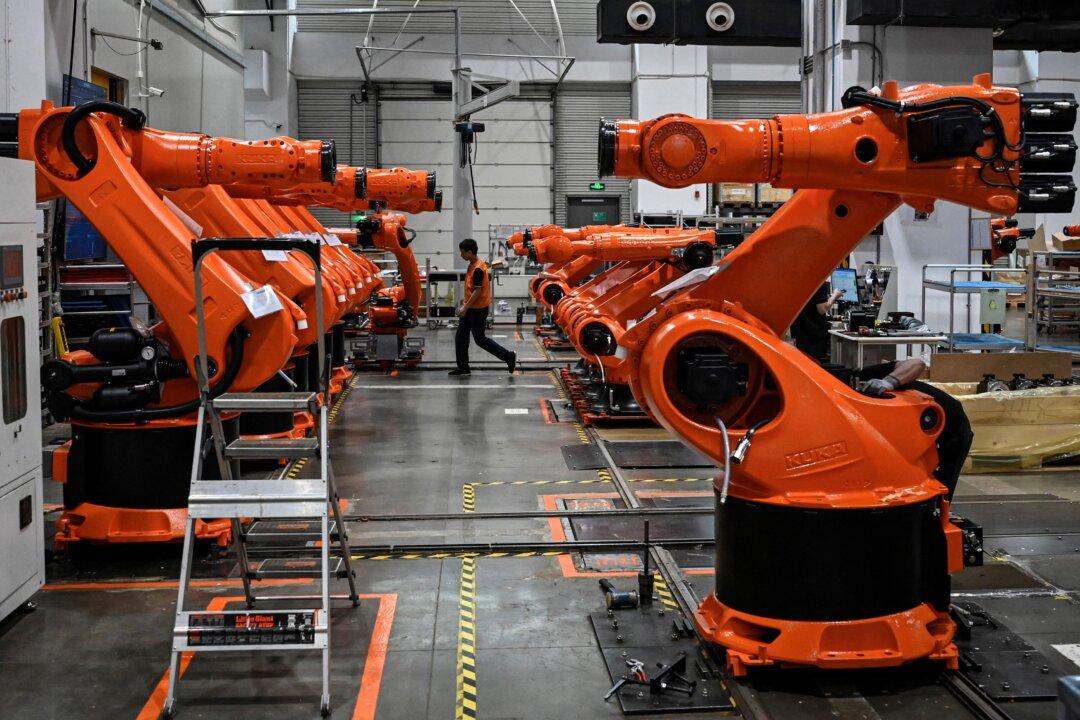
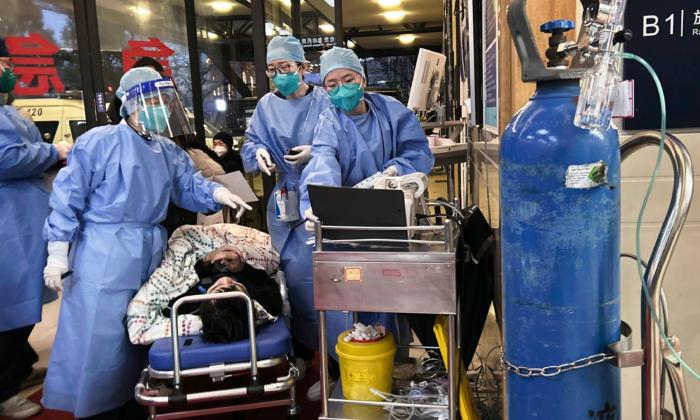
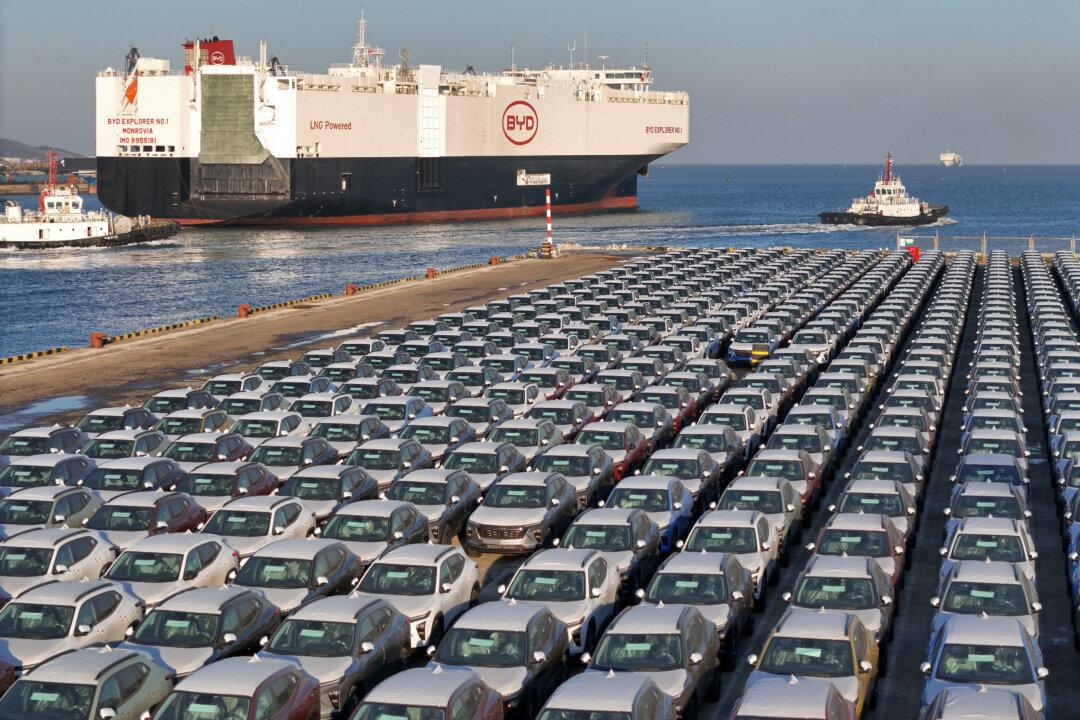
Friends Read Free